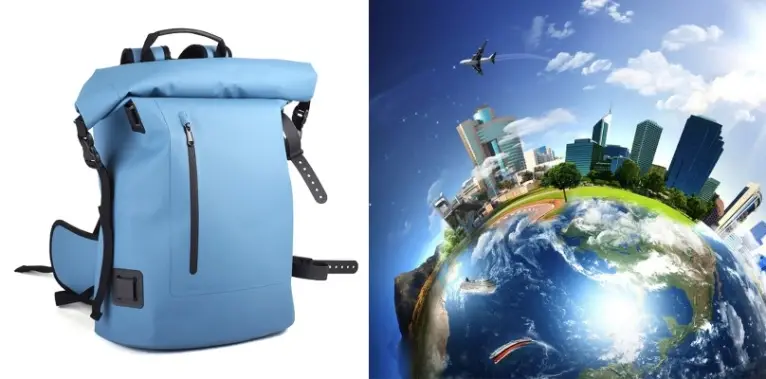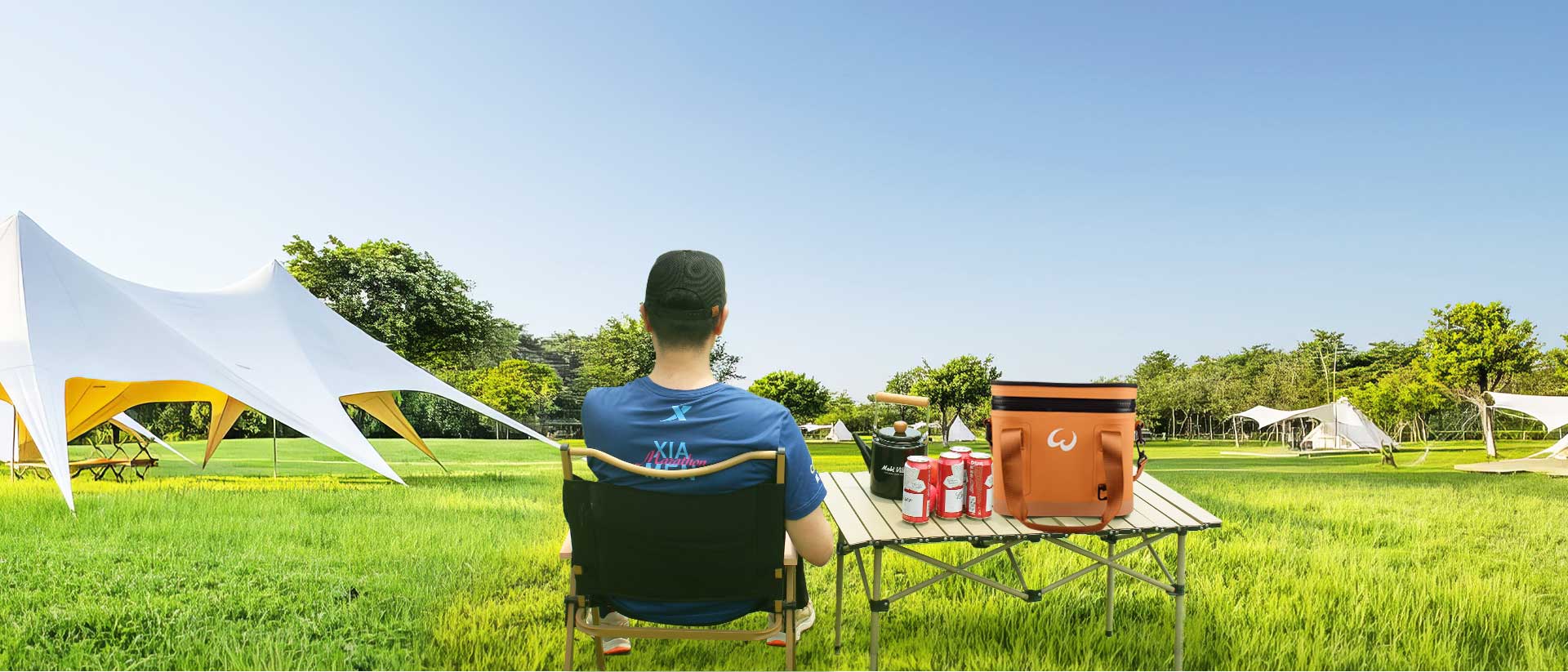With the improvement of people’s environmental awareness and the continuous increase of their living standards, ice packs, as a necessity in daily life, have also undergone new changes and innovations. In recent years, with the continuous development of technology and people’s demand for multifunctionality, multifunctional and environmentally friendly materials have become the mainstream trend in the ice pack market.

On the one hand, multifunctionality has become the new trend in the ice pack market. In the past, cooler bags were only used for preserving or cooling, but as people’s needs continue to increase, the functions of ice packs have become diversified. Nowadays, ice packs can be used not only for preserving, but also for heat preservation, cold preservation, waterproofing, moisture-proofing and other purposes. At the same time, with the continuous improvement of people’s quality of life, ice packs have also begun to develop towards more portable, lightweight, user-friendly, and intelligent direction. For example, some ice pack products are equipped with intelligent functions such as thermometers, vibration sensors, and locators, bringing users a more convenient and intelligent user experience.
On the other hand, environmentally friendly materials have become the mainstream in the ice pack market. With the improvement of people’s environmental awareness, the demand for environmentally friendly materials is also increasing. Compared with traditional plastic materials, environmentally friendly materials have better biodegradability and recyclability, which can reduce environmental pollution and provide users with a safer and healthier user experience. Currently, there are many ice packs made of environmentally friendly materials on the market, such as biodegradable biomaterials, natural rubber, hemp materials, etc. These ice packs not only achieve the effect of preserving and heat preservation, but also meet the requirements of environmental protection, becoming a product that more and more people choose.
Promoting technological innovation and environmental concepts is the direction that ice pack companies should actively explore. In addition to multifunctionality and environmentally friendly materials, there are also some emerging technologies and materials that are gradually being applied to the ice pack market.

Firstly, new materials are being used. New materials such as nanomaterials and carbon fibers have excellent heat preservation and cold preservation effects, as well as environmental friendliness and durability. The application of these new materials can effectively reduce the weight and volume of ice packs, improve the heat preservation and cold preservation effects, and meet consumers’ demands for portability and performance.
Secondly, new refrigeration technologies are being developed. Currently, refrigeration technologies on the market mainly include chemical condensation, electronic refrigeration, and ice storage technology. These technologies can not only improve the refrigeration efficiency of ice packs but also reduce energy consumption and environmental pollution. In addition, some emerging refrigeration technologies, such as magnetic refrigeration and photo-induced refrigeration, are being researched and developed, and these technologies are expected to become new development directions for the ice pack market.
Thirdly, the application of intelligent technology. With the development and application of artificial intelligence technology, the application of intelligent ice packs has also become a new trend in the market. Intelligent ice packs can realize intelligent control, remote monitoring, intelligent protection, and other functions, bringing consumers a more convenient, safe, and reliable user experience.
In summary, the trend of multifunctionality, environmental friendliness, and intelligence in the ice pack market is continuously strengthening. The future ice pack market will be more diversified, intelligent, and environmentally friendly. Ice pack companies should actively promote technological innovation and environmental concepts, continuously improve product quality and service levels, and adapt to the constantly upgraded needs of consumers.
–WEIERKEN–








